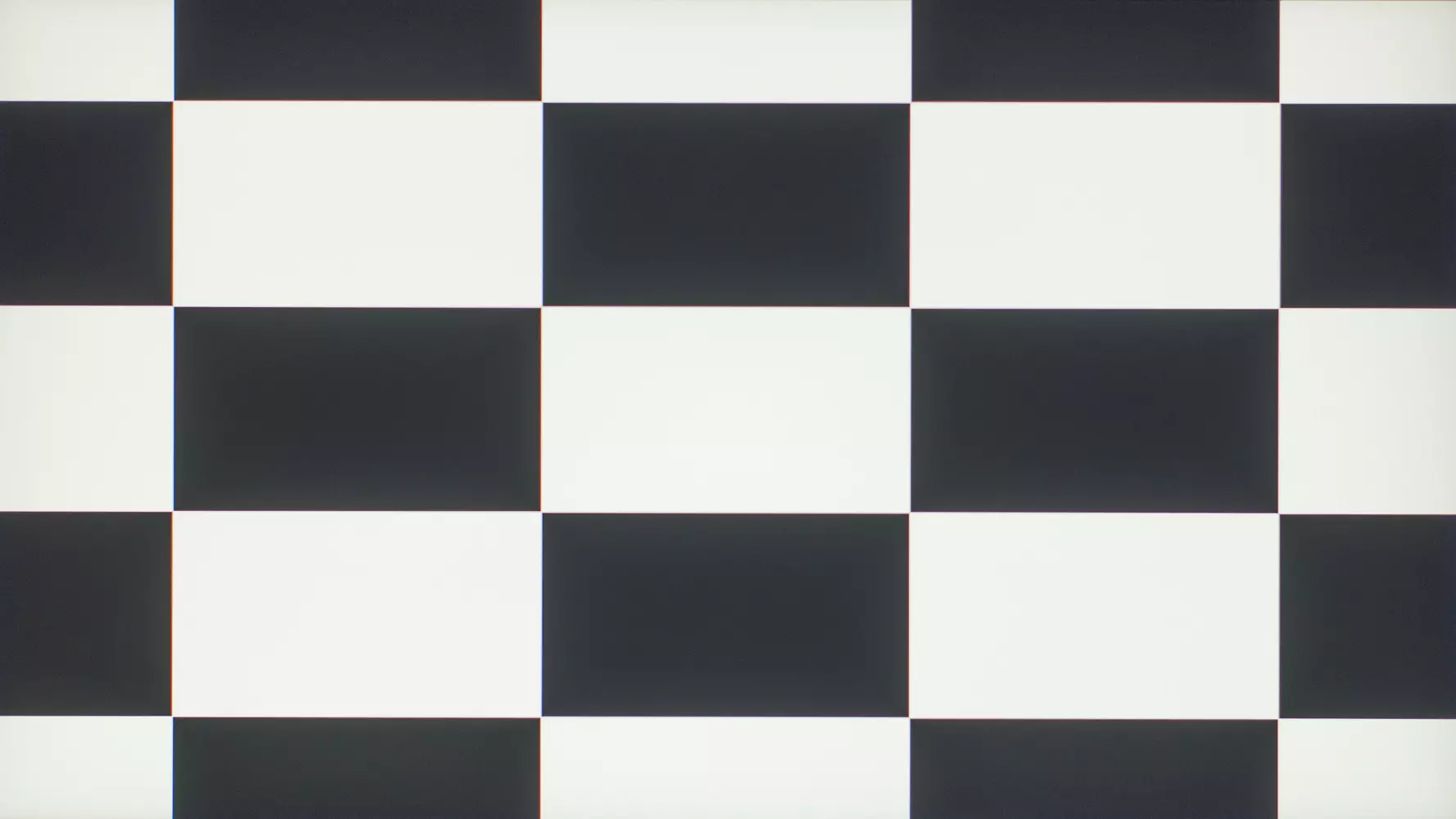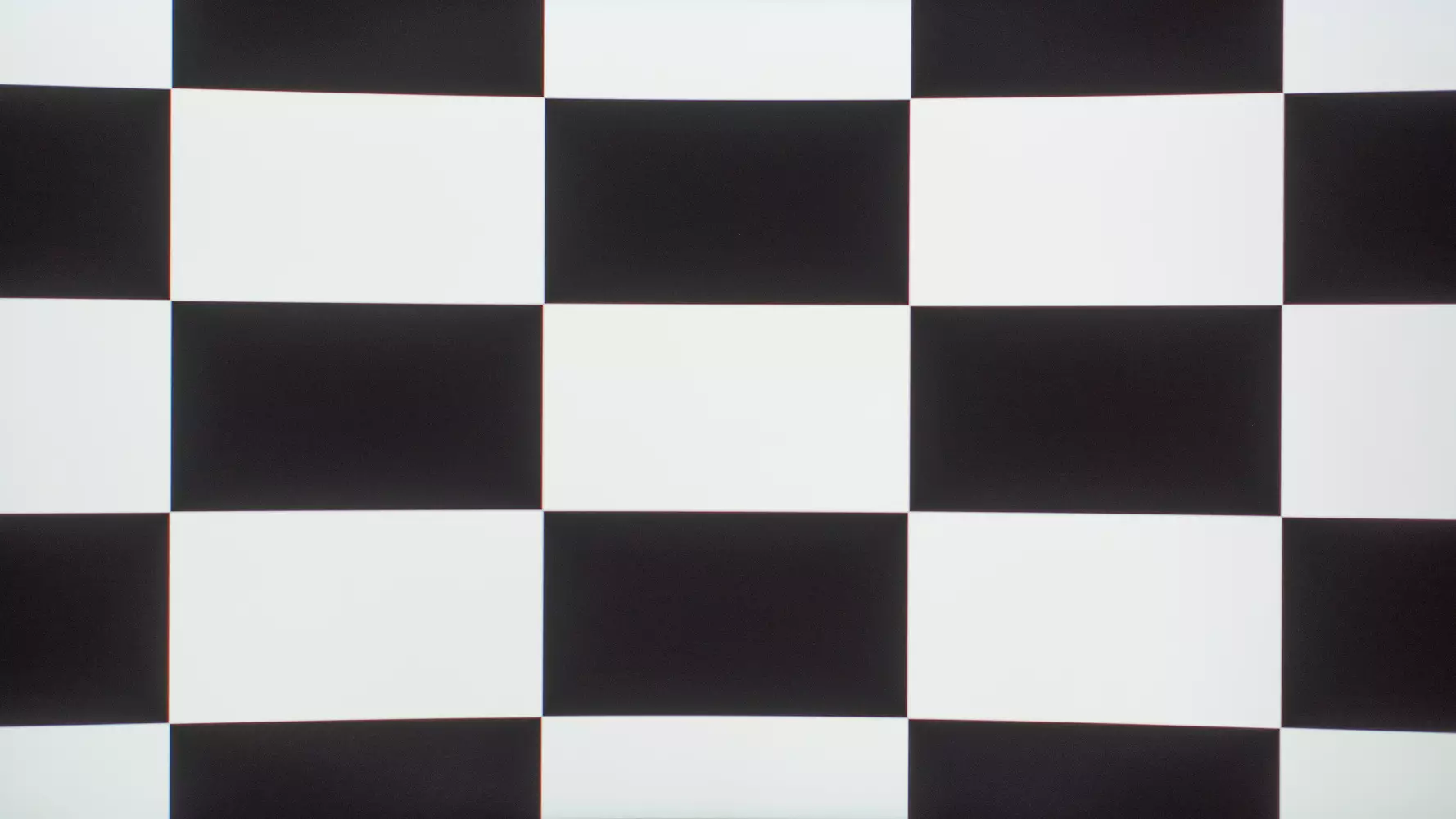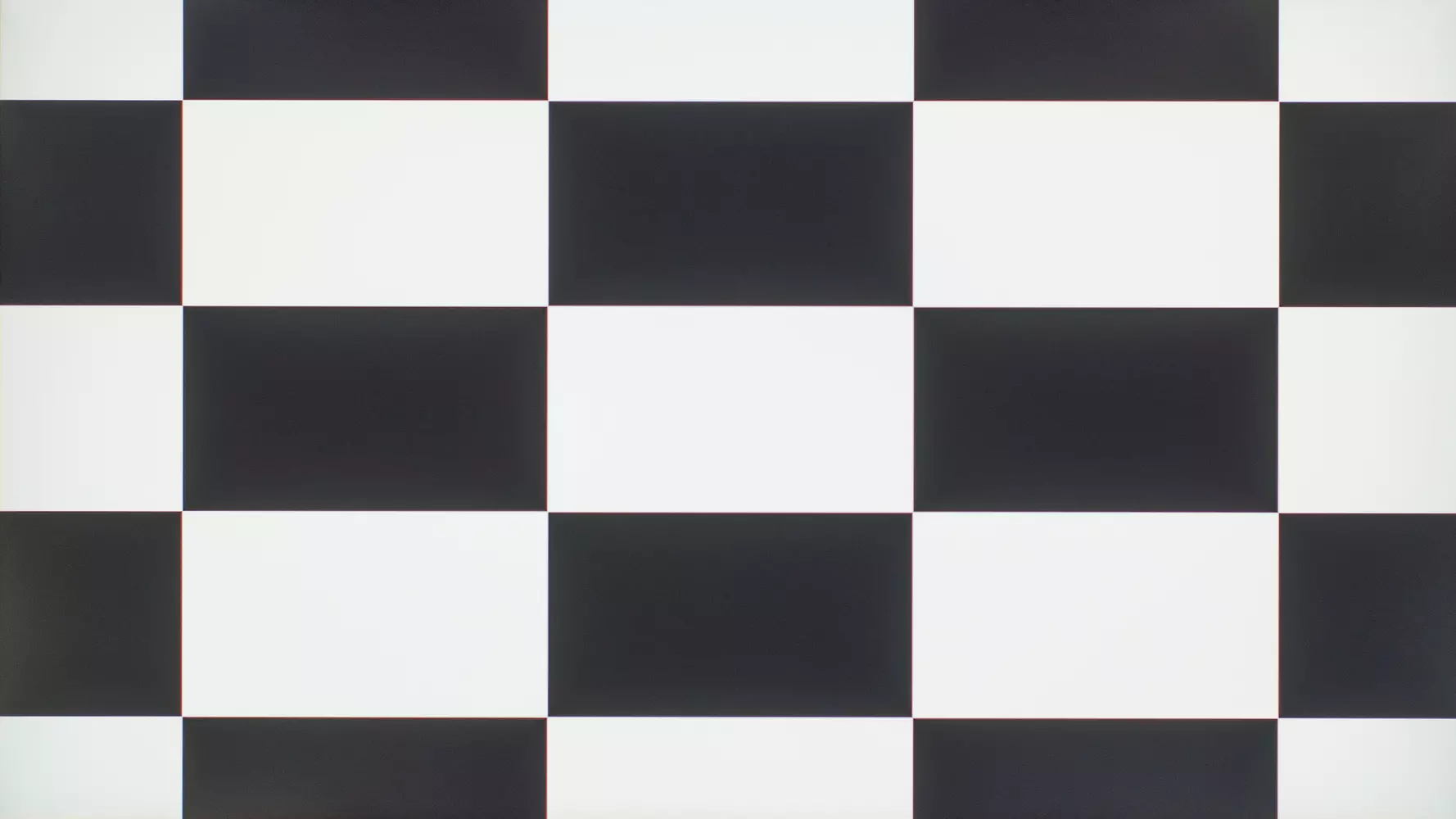💥FLASH SALE💥First 100 Customers Only
Get $333 off any PC order with promo code HOLIDAYS
Categories
AudioCPU
General
Graphics Card
Maintenance
Monitor
RAM (Memory)
Sustainability
Use Cases
About Evatech
Since 2013, Evatech Computers, a fully Australian-owned and operated company, has provided custom-built gaming, workstation, and home + office PCs, meticulously tailored to individual client needs and budgets.
Shop
Custom Gaming PCs
Custom Workstations
Pre-built PCs
Monitors
Mice
Keyboards
Headsets & Microphones
Monitors: OLED, IPS, VA, and TN panels
Published 26th Jun 2022, updated 16th Jan 2024 - 8 minute readTN Monitors
VA Monitors
IPS Monitors
OLED Monitors
What are the differences?
- Picture Quality
- Motion Handling - winner TN & IPS + OLED
TL; DR - Conclusion?
Most monitors use LCD (Liquid Crystal Display) panels which are lit by LED backlighting. There are three main types of LCD panels: In-Plate Switching (IPS), Vertical Alignment (VA), and Twisted Nematic (TN). The aim of each panel type is the same; liquid crystals react to an electric charge which controls how much light is allowed to pass through and reach each of the three coloured sub-pixels.
OLED is one of the latest technologies to enter the monitor market after first appearing in expensive TVs, and with it slowly becoming more affordable, we've crammed in info about them too! But, due to the substantially higher price of OLED solutions, we'll still keep the other technologies at the core of this informative page.
TN Monitors
![]()
Twisted Nematic was the first LCD technology to hit the market. TN panels have liquid crystals sandwiched between two polarising filters. When an electric current is applied the crystals twist to allow light to pass through. TN panels are the cheapest, but they're a bit dated and not as common now.
VA Monitors
![]()
Vertical Alignment panels uses vertically aligned crystals that tilt to allow light through. VA crystals are perpendicular to the substrate. Although VA panels aren't as common as IPS for monitors, they're still the most common choice for TVs.
IPS Monitors
![]()
In-Plane Switching panels have crystals parallel with the glass substrate and they rotate within the plane of the substrate to let light pass through, similar to the shutter on a camera. IPS panels are the most common with today's monitors.
OLED Monitors
![]()
Organic Light-Emitting Diode panels can adjust the luminosity of each pixel individually. This allows them to be turned completely off to show pure & deep blacks rather than grey blacks. This affords them exceptional picture quality and wide viewing angles. They're still scarce on the monitor scene due to the large price barrier to entry.
What are the differences?
OLED aside for now: it's difficult to apply blanket statements to compare the different types of LCD panels. In most cases the differences can be minor, but there are some key comparison areas to highlight.
Picture Quality
Most modern monitors should look pretty good, but there can be some noticeable differences depending on the LCD panel in use, so you can optimise your buying decision by keeping these in mind.
Contrast - winner VA + OLED
 Typical of TN panels Typical of TN panels |
 Typical of VA panels Typical of VA panels |
 Typical of IPS panels Typical of IPS panels |
 Typical of OLED panels Typical of OLED panels |
Contrast measures the difference between the bright whites and dark/empty blacks on the screen at the same time. A higher contrast ratio is considered desirable.
TN panels are typically in the 600:1 to 1200:1 range.
VA panels can be between 2500:1 and 6000:1.
IPS panels usually sit in the 700:1 to 1500:1 segment.
OLED panels have a near-infinite contrast ratio due to their ability to turn off pixels entirely.
OLED aside again, VA panels have a clear advantage here, with TN panels being the worst by far. Newer monitors can use local dimming to achieve higher contrast ratios, but even with this technology IPS monitors won't be able to produce blacks as deep as VA.
Long story short; if you're prone to using your monitor in a dark room, a VA panel is likely the way to go. If you're not worried about dark room encounters, the difference in contrast should be hardly noticeable, and IPS is a perfectly acceptable choice.
Brightness - winner IPS & VA
Brightness is controlled by a backlight behind the LCD layer, so the type of LCD used has effectively no impact on the display's peak brightness. With that said, since TN monitors are dwindling in popularity (besides high-performance gaming where there's less of a focus on brightness) almost all decent monitors on the market use VA or IPS panels, so they sort of automatically end up with the win here.
Worth mentioning that this is one category that OLED doesn't dominate in. Although most current OLED displays are a premium choice so they will have very good brightness levels, the traditional LCD panels can have them beat without trying too hard.
Horizontal/Vertical Viewing Angles - winner IPS + OLED
OLED aside for a moment, IPS takes the clear win here.
OLED is much better, but generally speaking a monitor is just for the person sitting directly in front of it - only if you want to have your display double as a makeshift TV to watch videos/movies on should you actively be making a decision based on viewing angles!
Grey Uniformity - winner VA & IPS + OLED
Typically, there wouldn't be much difference in grey uniformity between IPS and VA panels. It is rare for monitors to have uniformity issues, and even on monitors that perform worse it's not usually noticeable with normal content. TN panels perform worse than usual however, with the top half of the screen almost always being darker than the rest due to the bad vertical viewing angles.
OLED is traditionally the most uniform grey that you can get on a consumer display.
Black Uniformity - winner VA (by a bit) + OLED
This is something that tends to vary significantly, even between individual units from the same model, and there's no single panel type (besides OLED, of course) that performs best. It's rare for LCD monitors to have good black uniformity, with almost every monitor viewed having some cloudiness or backlight bleed. If you tend to use your monitor in a well-lit environment then generally speaking you don't need to be too concerned with black uniformity.
OLED is once again immune from this category, with the best performance out of the 4 options coming thanks to OLED.
SDR (Standard Dynamic Range) & HDR (High Dynamic Range) Colour Gamut - winner IPS & OLED
Although the difference is minor, IPS panels should have an edge over VA and TN panels. OLEDs perform very well in this category too, but if the other panel options have higher brightness, they may have favourable results. It's not something that you'd usually discern unless they were all side by side.
Motion Handling - winner TN & IPS + OLED
While not all that important for traditional home/office use, how motion is handled by a gaming or media consuming display is of vital importance.
 Expected for TN panels |
 Expected for VA panels |
 Expected for IPS panels |
 Expected for OLED panels |
For a long time TN panels had the fastest response times by far, but new high refresh rate IPS monitors can be just as fast. VA panels can have especially noticeable black smear (dark trails behind fast-moving objects in very dark scenes). Monitors can however have pixel overdrive which can compensate for this, but even that may have undesirable results elsewhere, or you might be able to strike a balance suited to your use cases.
Since OLEDs can individually turn on and off it has near-instant response times resulting in motion that looks extremely smooth with almost no motion blur.
TL; DR - Conclusion?
Well, I'm sorry to tell you there's no one right answer for everyone alike. Even within individuals there is likely to be varied content, and each panel type may be the best option for each use case, but it doesn't make sense to buy 2-4 different monitors for most of us!
In a nutshell though; assuming you're on a realistic budget, if you're often in a dark room, VA panels that can display relatively deep blacks will probably be the best choice. If you're not stuck in a dark room, you should really dive into the nuances between panel types to work out which works best for what you'll be doing. Generally speaking, IPS panels will be preferred for office use, with TN the best for gaming. However, recent advancements in VA and IPS technology are starting to change these generalisations, so if you're really trying to ensure you're getting something you'll love, you might need to resort to comparing specific monitor reviews to other model reviews - but at least you'll go into that with all the knowledge and foundation you gained here! To add to this point, IPS is currently the most common panel type in monitors, which perhaps shows its versatility.
If you're on a less restrictive budget, buying an OLED is probably going to afford you the best display in your life, with almost no downsides, assuming you can vary your content on a long-term basis, and be mindful of OLED burn-in. Although with that said, modern displays are doing a great job at mitigating this with pixel shift, screen refresh features, but it's still something to be mindful of.
For the average person, be they professional or gamer, the differences between each panel type are fairly minor now so it doesn't necessarily need to factor into the decision-making process.
Something still not right with your Evatech PC? We're standing by and our support team can assist you!
Contact Evatech SupportIf this page didn't solve your problem, there's many more to view, and they're all very informative.
Evatech Help Docs









 5/2 Fiveways Boulevarde, 3173 VIC
5/2 Fiveways Boulevarde, 3173 VIC Monday - Friday 10am-6pm
Monday - Friday 10am-6pm +61 (03) 9020 7017
+61 (03) 9020 7017 ABN 83162049596
ABN 83162049596 Evatech Pty Ltd
Evatech Pty Ltd